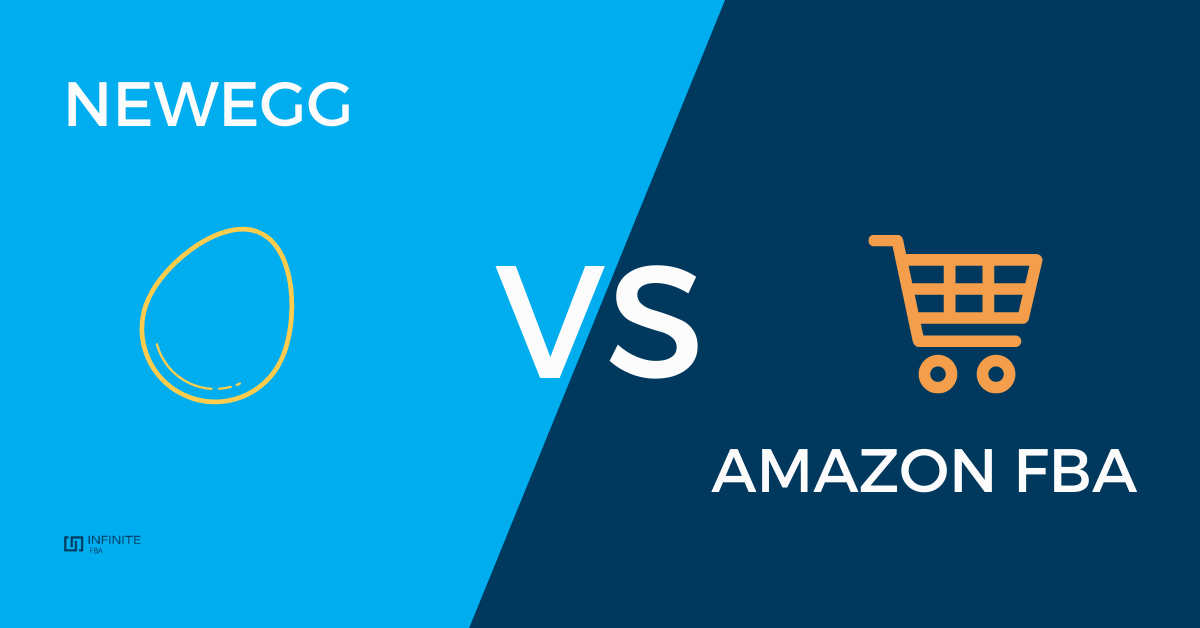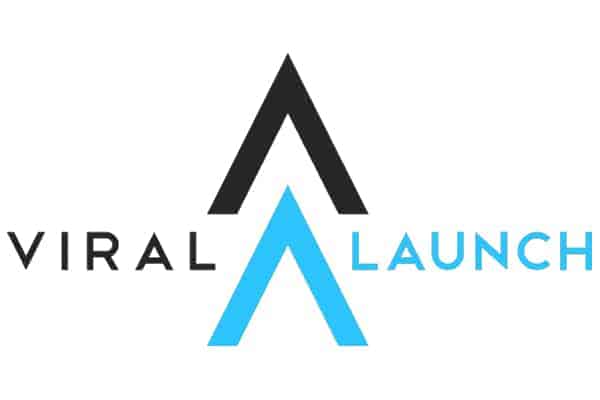As a seller, finding the right platform to market your products is essential for your success.
Although Amazon appears to be the go-to for many merchants, some find that Newegg is a better environment for them to sell within, but it depends on your specific needs.
Which is better, Newegg or Amazon?
These popular selling platforms are great places to market your goods, but it depends on the audience you are trying to reach and the specific products you sell. Amazon is a larger marketplace with a bigger reach but Newegg is best for electronics and accessories, so you’ll have to consider your product range.
To help you figure out which marketplace is more up your alley, we’ve written a detailed comparison between Newegg vs Amazon, including how they stack up in pros, cons, product selection, and more.
You’ll be able to determine the right spot for selling your goods and find the marketplace that’ll earn you a bigger and better profit.
What is Newegg?

Newegg was launched in 2001 and found inspiration for its name through the need for something new and refreshing in the failing e-commerce market.
For years, the online marketplace specialized in solely computer parts and accessories, and that’s where it earned its solid reputation.
Today, Newegg has branched out and they now offer products for sale in categories like flowers, gifts, homes, sports, and toys.
However, most people rely on them for electronic-based goods, which made them even more popular during the pandemic as more of us started working from home.
Newegg has a similar selling model to Amazon, in that private sellers can create listings and pages through it and sell their products.
Newegg also sells stuff themselves, like Amazon does, which many rely on if they want consistency, stable pricing, and reliable shipping.
The Pros
- As a smaller marketplace, it doesn’t require as much to stand out when selling your stuff on Newegg. You’ll even get to design the product page to your liking which helps to highlight your products even further.
- Anyone with tech or electronics for sale will do well on Newegg, as it has a great reputation in this area. Compared to selling on Amazon where it can be hard to earn a solid reputation, many computer pros go directly to Newegg for parts and accessories.
The Cons
- Buying something from Newegg isn’t as reliable as Amazon when it comes to shipping, and they don’t give customers exact shipping dates when they make an order. This can be a downside for your business because it turns potential buyers off when they see it.
- You won’t have as much of a reach with a Newegg account, so although there are over 40 million customers registered, it’s limited compared to other online marketplaces.
- There are some issues associated with Newegg, including poor reports on customer service and shipping. Although you can prove these wrong, some trust has been lost in the online marketplace because of problems with third-party sellers.
What is Amazon?

Amazon is the largest online retailer in the world and a name that most people can instantly recognize.
Founded in 1994, Amazon used to only sell books, before expanding into other areas, and today, selling just about anything you can imagine.
The Amazon marketplace is made up of sellers who use it as their storefront, and Amazon sells items independently as well.
As well as giving people a store, they offer services like Fulfillment By Amazon, where they store and ship your products to customers for you, so it’s a streamlined approach for those who want it.
Amazon has grown far beyond just an e-commerce store, and they now offer services like media streaming, artificial intelligence, and cloud computing.
For a seller, they’re one of the most visible places you can market your goods, but it can be hard to stand out from the crowd in such a popular place.
The Pros
- Amazon is one of the most trusted names in ecommerce and a smart place to sell your products. Listing your goods in their store can earn immediate trust with customers and they give you all of the tools you need to succeed.
- As one of the longest-running ecommerce platforms, there are virtually zero issues with selling Amazon. They even offer extra assistance like shipping and returns, so all kinds of business models work with them.
The Cons
- With close to 10 million sellers worldwide, getting your products noticed and purchased can be hard on Amazon. You need to strategize to be seen and make sure you’re utilizing all of the tools possible that they give you.
- The referral fees and commissions payable to Amazon can be high, especially with certain categories of products. You might find these eat into your profit margin too much to make your business as viable as you’d hoped.
How They Compare Where It Counts
The best way to determine if an online marketplace is right for your business is by looking at what it offers you as a seller.
These are the most important metrics to judge Amazon and Newegg by so you can see if they align with your selling needs.
Product Range
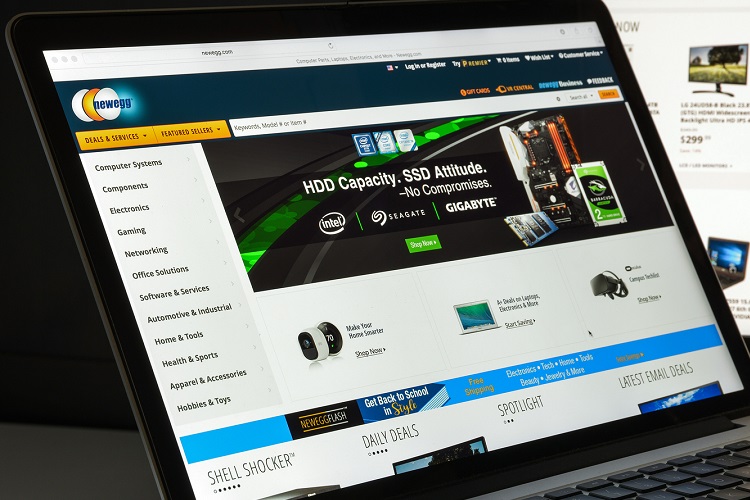
Although Newegg started as a computer parts marketplace, it’s expanded to offer products in all kinds of categories now. Amazon started in book sales but has already proven itself to the world to be a varied marketplace where you can buy anything from eBooks to lawnmowers.
The product range of Amazon is a lot wider, but that’s not always a good thing. If you’re selling anything in the electronics realm, the product range of Newegg would be better suited as customers are more likely to visit the site to look for what you’re selling.
Payment Options
Giving your customers a lot of options for how they pay for their products is always a good thing, and both Newegg and Amazon have a lot to offer. Both marketplaces have payment options including major debit and credit cards, PayPal, Google Pay, and all of the usual options.
However, Amazon goes above and beyond because of the sheer scale of the company and they let customers pay with gift cards and Amazon store credit cards, just to name a few. Newegg also has a store credit card that lets you pay off purchases over time with interest, but considering the smaller scale of the marketplace, it hasn’t been as popular.
Customer Reach
A quick look at how many buyers are registered on either of these marketplaces highlights just how different they are. At last count, Amazon has up to 197 million unique visitors to their online stores each month, which is seriously impressive. Newegg records around 45 million unique visitors every month, so it’s still noteworthy but nowhere near the scale of Amazon.
Although Amazon records more buyers, it doesn’t always mean they’re going to be directed to you, which means putting in the work to attract them. Conversely, Newegg’s visitors are more likely there to look for electronic accessories so they already have a specific purchase in mind.
Commissions and Fees
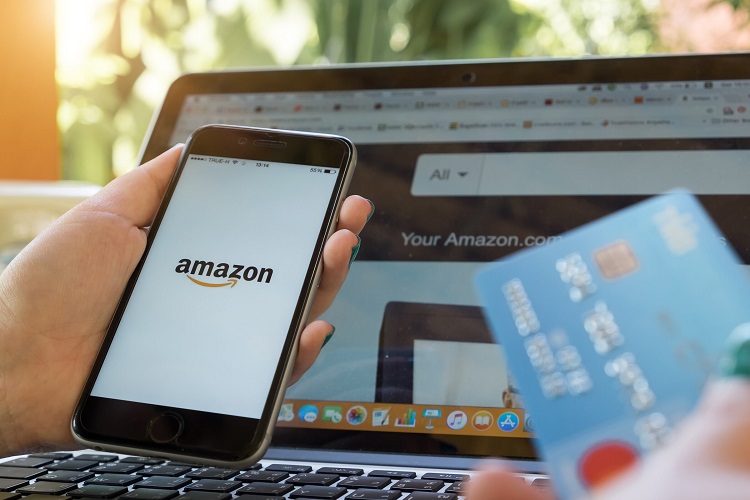
Selling your products on Amazon and Newegg will cost you, so there’s no way to do it for free. Newegg usually works out to be the cheaper option with between 8% and 12% charged for each sale. Amazon fees start at around 6% but in some product categories can be as much as 45%, plus a referral fee for each item sold.
However, both platforms offer sellers opportunities to reduce their fees with various promotions and programs. This means you have the incentive to go above and beyond, and for serious sellers, there are lots of savings to be made. It’s best to look at your inventory and determine which platform has the best pricing and commission structure to determine how it will affect your profit margin.
Customer Support
Newegg has a dedicated support team for their buyers to access and they can be reached by phone, online query, or through their various social media channels. Amazon also has self-service tools including a large FAQ page and assistant requests, unless you’re a larger scale merchant who has access to an account manager.
For your customers, you can offer support to them directly through your store or product listings which is easy enough to do. Furthermore, there’s adequate customer support from both Amazon and Newegg if they want to reach out to someone higher up. Overall though, Amazon appears to make it easier for customers and sellers to access support from their representatives.
Seller Tools
Amazon and Newegg both want their sellers to succeed, as this means bigger profits for them as well. With that in mind, they each offer a suite of tools for sellers that they can utilize to increase sales and conversions plus look at their sales metrics, but Amazon appears to have slightly more on offer.
Within the range of seller tools on Newegg, you’ll find marketing services, brand building support, and reduced cost logistics. Amazon goes above and beyond though, with all of these standard tools plus the ability to use third-party software and apps that can improve your selling experience and track sales.
Extras
For some sellers, it’s the little extras that make all of the difference, and Amazon and Newegg both have some great ones to offer. Both brands offer returns and refunds, discounts, price matching, and promotions for sellers to utilize, so there’s plenty to try.
Both of these platforms offer fulfillment services as well, which means they store and ship your sales for you, plus deal with things like returns and refunds if there are any issues. Having access to something like this can be a huge time and money saver for the right types of businesses, so it’s worth checking out if you do most of your sales through these online marketplaces.
Our Verdict
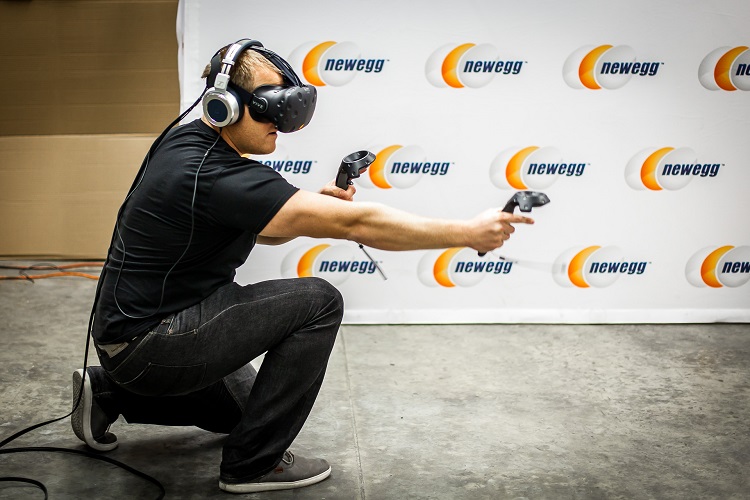
Amazon and Newegg each have pros and cons worth weighing up, but ultimately it depends on your selling goals and the audience you’re trying to reach.
If you sell mainly electronics and want to appeal to a narrower, specialized market, Newegg is the way to go, but for most other types of products, it seems that Amazon has the reach and versatility that you need.
Related Questions
The online marketplace you use for your virtual storefront can have a major impact on how successful your business does, so you want to get it right.
Check out these FAQs about other popular online spaces for setting up an e-commerce store to see what the others have to offer.
What Percentage Does Etsy Take?
Each sale you make through Etsy will come with a 6.5% transaction fee, payable to the online marketplace, but there are no other hidden fees.
You’ll also have to cover the cost of delivery and wrapping if this isn’t included in the final sale amount, so calculating the sale price should be done carefully.
Can You Sell At Walmart?
Walmart Marketplace is a public e-commerce space where buyers can register to sell products online at the popular retail chain’s website.
There are various fees and charges associated with these accounts including commission rates and fulfillment fees, and you need to have your application approved before you can start selling.
Is Amazon Cheaper Than eBay?
In general, eBay’s selling fees are less than Amazon’s, but it depends on the type of account you have and what products you are selling.
eBay charges around 9% of the sale price of products compared to Amazon which can charge up to 45% on some items, plus a referral fee for each item sold.
Resources

